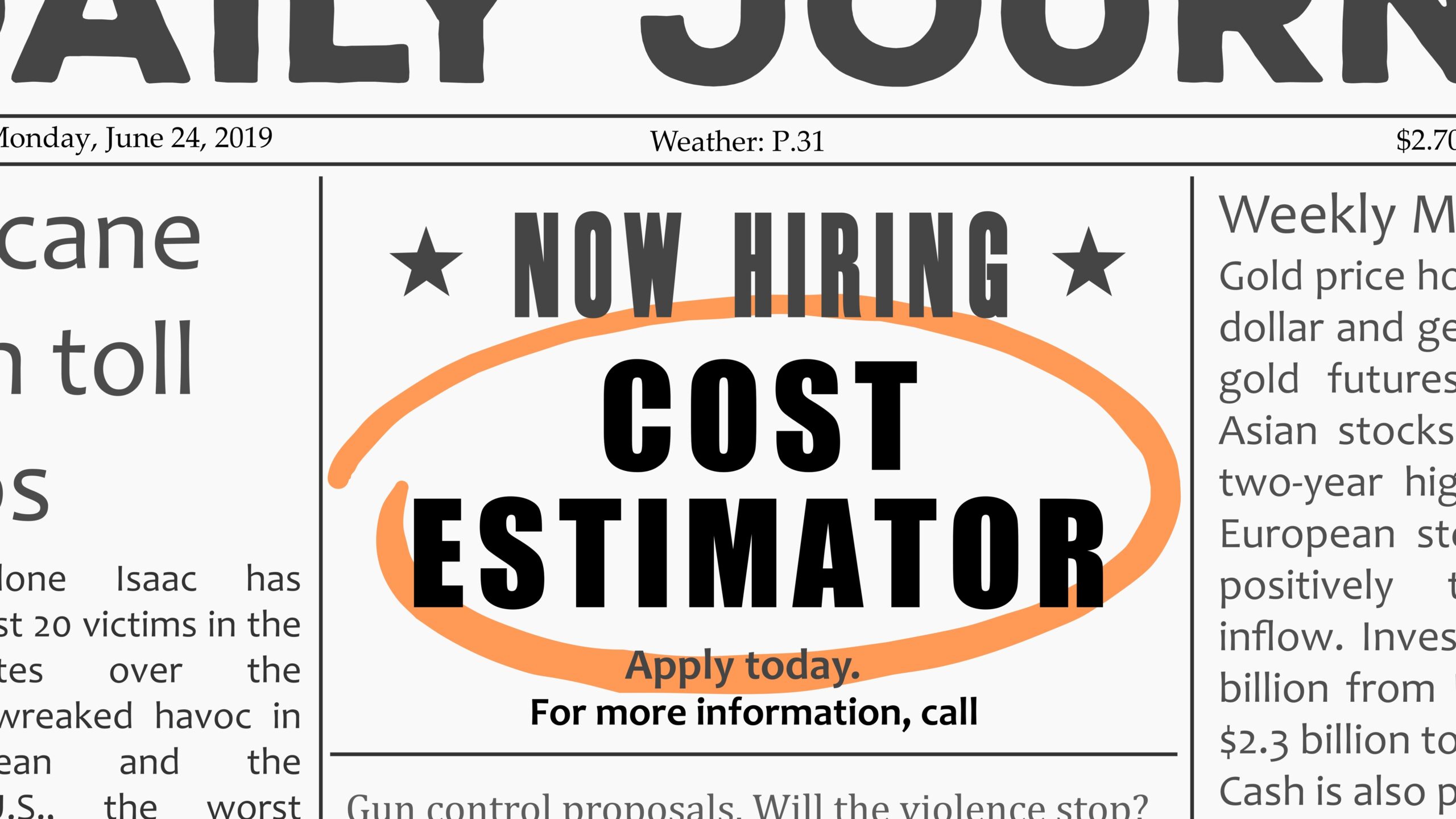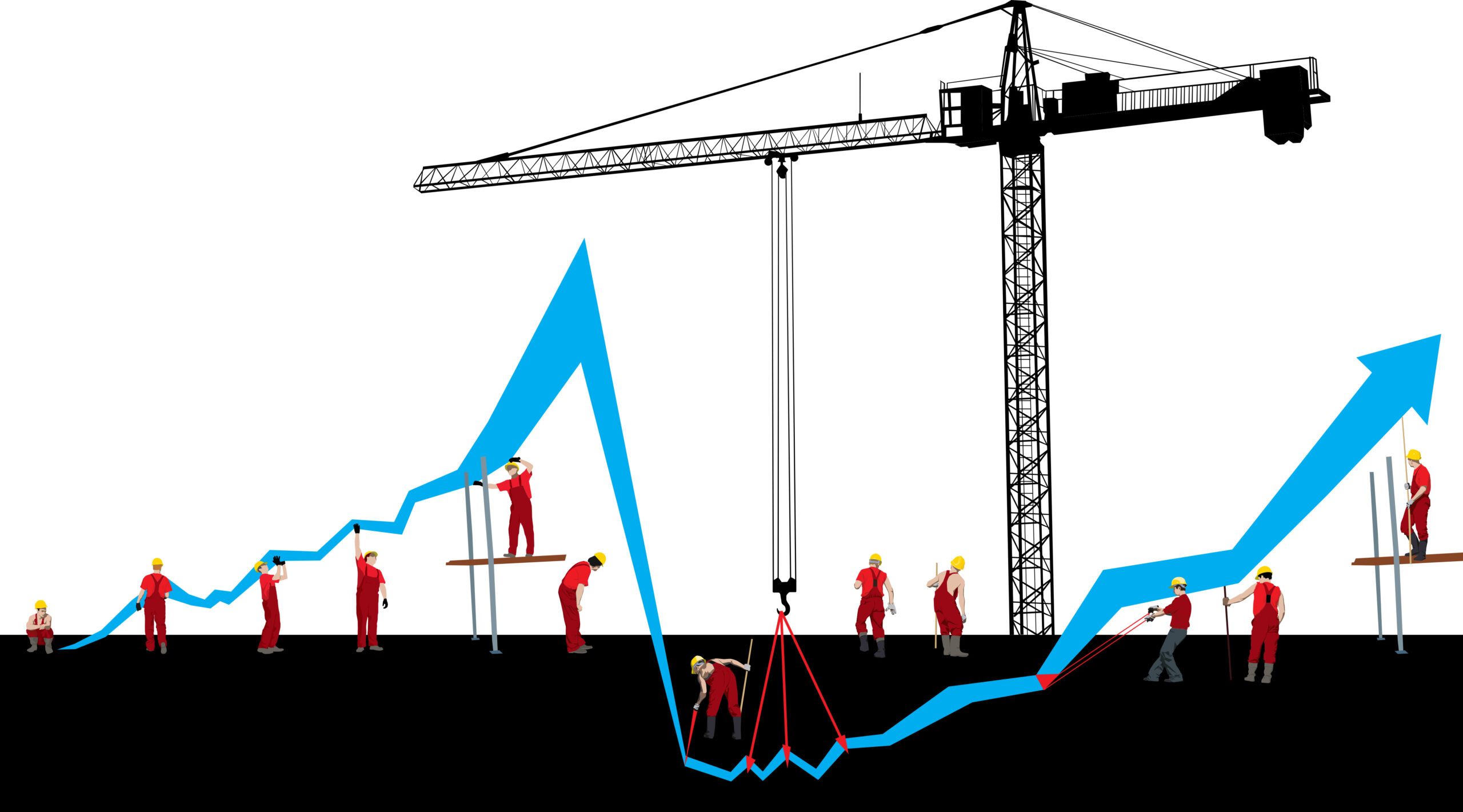Blog
The Rising Cost of Inaccurate Estimates: Protecting Your Profit Margins
In today’s construction landscape, challenges such as market uncertainty, rising costs, and a persistent labor shortage threaten already thin profit margins. Often, the difference between a profitable year and operating in the red comes down to how well a business can predict costs before a project begins. As your team works hard to remain profitable, accurate estimating isn’t just good practice—it’s necessary for survival. Yet, despite its importance, estimating remains an error-prone and manually intensive process in many construction businesses.
The Ripple Effect of Estimating Errors
As businesses operate on thin margins, even a small error has the potential to eliminate profit on a job. While errors can cascade into significant financial losses, the true cost of an inaccurate estimate extends beyond the immediate financial impact.
For example, if an estimator overlooks material quantities or underestimates labor hours, it can create a chain reaction that ripples through the project lifecycle. When crews find themselves short on materials, it causes project delays and requires teams to place rushed orders at premium prices. When labor schedules get extended, it creates additional delays and causes workforce costs to exceed what was budgeted. Project managers spend precious time troubleshooting problems rather than optimizing operations, further eating into project costs and timeline.
Perhaps most damaging is the long-term effect on business reputation. When projects consistently run over budget or behind schedule, clients lose confidence. This erosion of trust can have lasting consequences for your business. Your pipeline could quickly dry up if you lose repeat business and miss out on referrals that are critical for business growth.
Common Pitfalls in the Estimating Process
The first step toward improving estimates is understanding where estimating typically goes wrong. Here are some of the most common pitfalls construction businesses encounter:
Manual Takeoffs and Data Entry
Manual methods are time-consuming, making it difficult to respond quickly to bid opportunities or revise estimates when plans change. Manual methods are also prone to human error. Even the most experienced estimators can make mistakes when using paper plans or spreadsheets to calculate quantities and costs. While one error may seem insignificant, a misplaced decimal point or incorrect formula can severely impact a project estimate and effect everything from scheduling to materials and labor.
Outdated or generalized cost data
Material prices can change substantially between estimate creation and project kickoff, especially in today’s volatile market. This makes it critical to have the most up-to-date cost data available and to account for variations such as those based on project type or region.
Overlooking project complexity factors
Each project is different and carries a unique set of complexities. It is important to account for project-specific constraints such as unusual building configurations, limited site access, or phased construction requirements, which could have a significant impact on time and cost. When estimators use standardized production rates without adjusting for these factors, the resulting budget can set a project up for failure from the get-go.
Communication gaps between estimating and operations
Disconnected workflows between estimating, project management, and field teams can lead to miscommunication and poor decision-making. When teams are working in silos and not clearly communicating with one another, field teams may execute work differently than what was originally estimated, leading to budget variances.
Inadequate risk assessment
Every construction project carries risk. While it can be impossible to account for every weather delay, permit complication, or supply chain issue before a project begins, an estimate should factor in common risks to provide a financial buffer. When estimates don’t include appropriate contingencies for known risks, it leaves little room for error.
The Digital Transformation of Estimating
The good news is that advancements in technology provide tools that not only reduce errors but can transform the entire estimating function.
Digital takeoff solutions have matured significantly, allowing estimators to work directly from digital plans to calculate quantities with greater accuracy than manual methods. Digital takeoff solutions can automatically track what’s been measured, reducing the risk of missed items, and creating a detailed record of takeoff assumptions that can be referenced throughout the project.
Artificial Intelligence has amplified the gains made with digital takeoff solutions. AI-driven takeoff software can automatically analyze digital blueprints and plans to identify and calculate the quantities of materials needed for a project. It can automatically detect, label, and measure individual lines, components, or project spaces with precision in mere seconds, resulting in faster and more accurate estimates.
Real-time cost databases connected to supplier pricing enable estimators to use current material costs rather than outdated figures. Some advanced systems even incorporate trend analysis to help forecast price changes for projects with longer timelines, allowing for more strategic purchasing decisions.
Robust data and insights allow estimators to compare estimated versus actual costs on previous projects, enabling them to identify patterns in where estimates typically run over or under or which types of projects are most profitable. Having access to this level of data and insights helps improve accuracy over time and turns every completed project into a learning opportunity for future bids.
Utilizing the latest technologies helps automate workflows and reduces an estimator’s manual and administrative burden. This frees up time for estimators to focus on the more strategic aspects of estimating that require human judgment, ultimately helping them to create more competitive bids.
A More Strategic Approach to Estimating
Transforming your estimating process isn’t just about adopting the right technology—it also requires a closer look at how estimating functions within your business.
Standardize the Estimating Process: Creating consistent workflows and templates for how estimates are built, reviewed, and submitted can be a good starting point. A standardized process can reduce variability, enhance team collaboration, and improve accuracy.
Build and Maintain a Historical Cost Database: Tracking and analyzing past project data, including actual versus estimated costs, can help refine the estimating process. Looking at past project performance broken down by project type, region, or crew can provide key insights for future projects.
Foster Cross-Department Collaboration: Estimating should not happen in a silo. It is important to collaborate with other departments to strengthen the estimating process. For example, project managers can share lessons learned from previous projects, field teams can weigh in on logistical challenges, and procurement teams are more in tune with current supplier pricing and lead times.
Invest in Training and Development: It is essential to give estimators the tools they need to make better-informed decisions. This includes training on new technology as well as keeping up with estimating best practices. Continuing education and certifications can also help estimators hone their skills to think critically and strategically.
Conclusion
Accurate estimates are critical to business success. When your estimates consistently align with final project costs, you build trust with clients and gain a reputation for reliability. Investing in the people, processes, and technology that will help you deliver more competitive estimates today, will position your business for sustainable growth and healthier margins well into the future.




